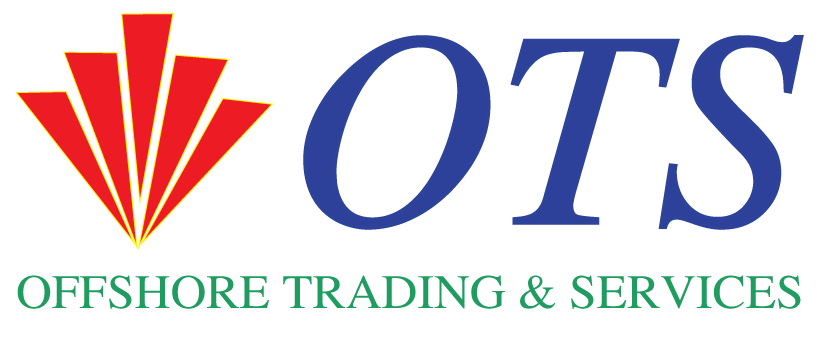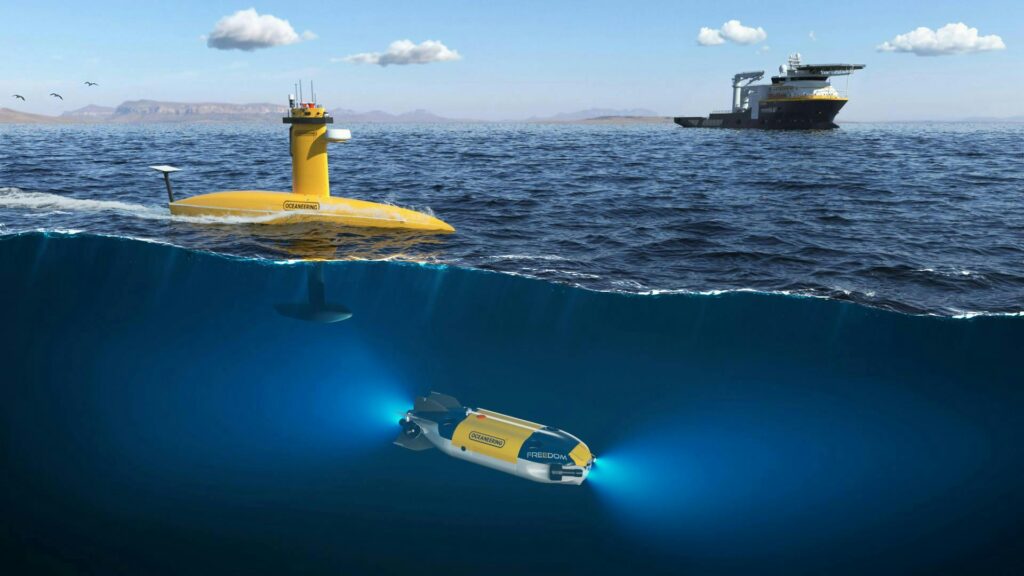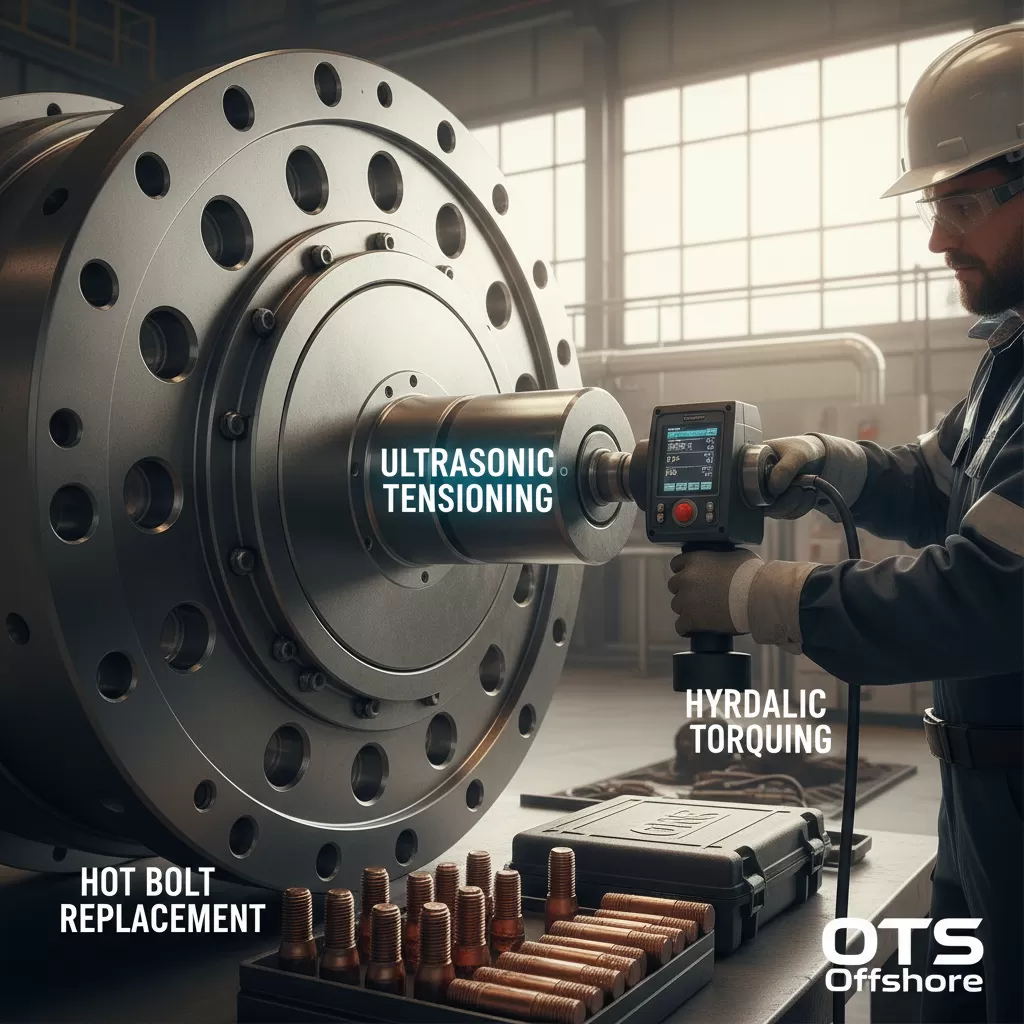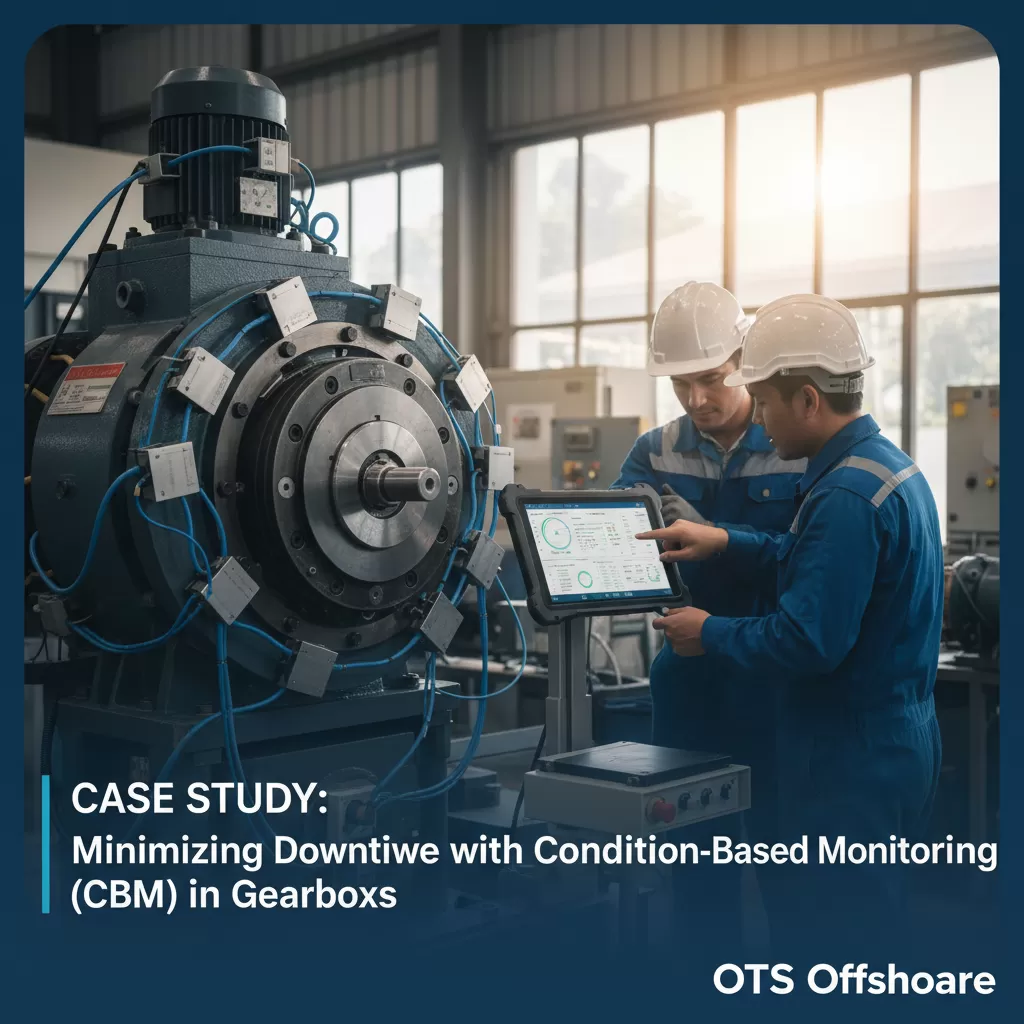**Addressing HSE Risks in Offshore Energy Operations: A Call to Action**
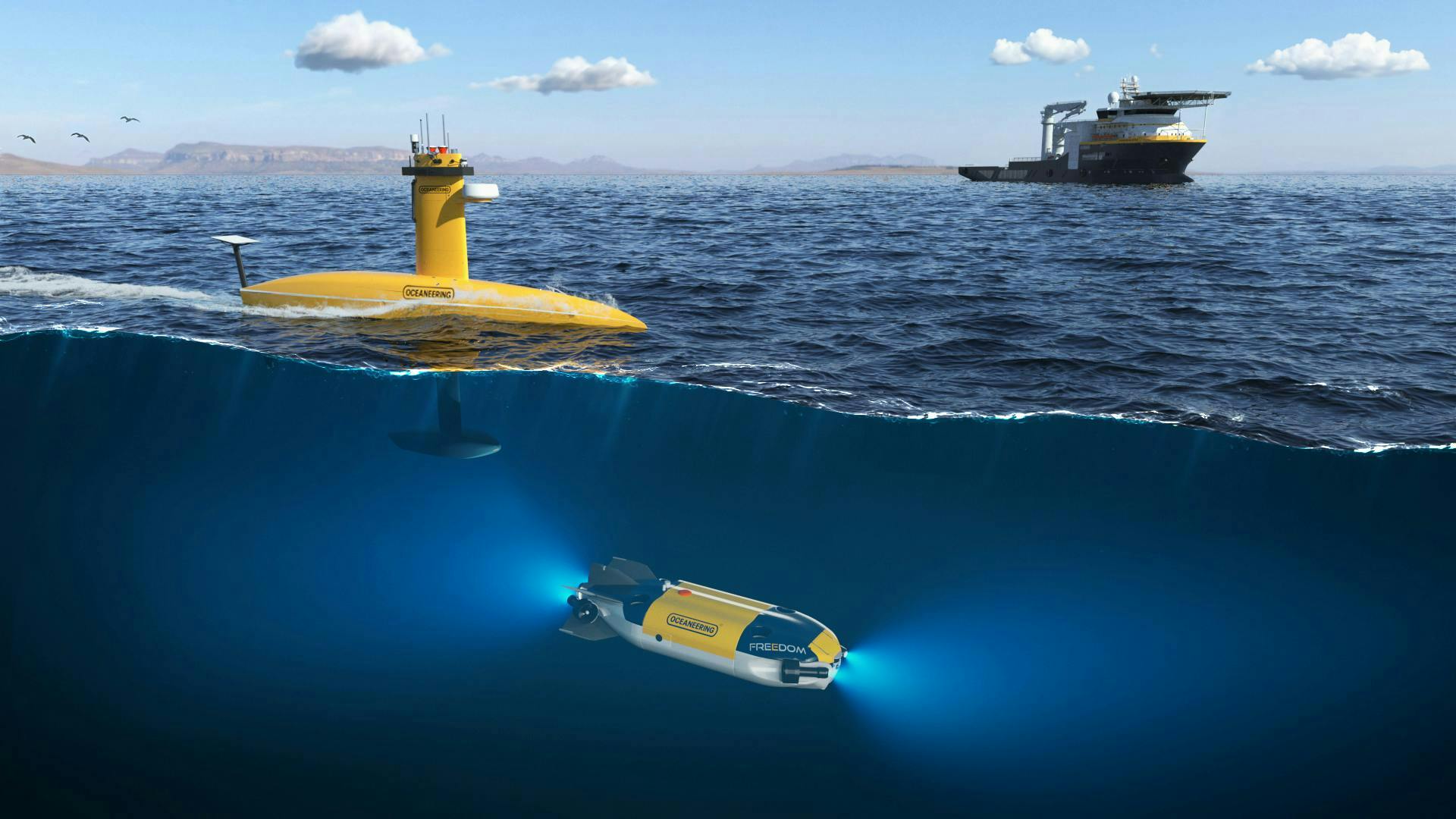
The offshore energy sector is at a crossroads, facing increasing demands to improve safety, efficiency, and sustainability while controlling costs. In this context, it has become imperative for operators to address outdated processes that expose human workers to health, safety, and environmental (HSE) risks. By leveraging advanced technologies and meticulous operational planning, companies can significantly reduce these risks and safeguard their personnel.
### Enhancing Operational Processes through Automation
One of the most effective strategies for mitigating HSE risks is through the enhancement of operational processes via automation. This involves incorporating digital solutions aimed at optimizing efficiency and reducing exposure to hazardous conditions. For instance, offshore operators can benefit from remote operations; this approach allows subject matter experts to oversee multiple systems from a centralized location onshore, ensuring that expertise is available whenever needed. This not only reduces the number of personnel required at the site, thereby saving costs, but also enhances overall operational efficiency.
### Optimizing Efficiency and Sustainability
Another critical aspect of addressing HSE risks is the optimization of operational efficiency and sustainability. Minimizing environmental footprints is essential in maintaining a safe and healthy work environment. Companies can achieve this through sustainable practices, such as the use of renewable energy sources and eco-friendly equipment. Additionally, implementing robust maintenance and repair systems ensures that equipment remains in optimal condition, reducing the likelihood of breakdowns and subsequent accidents.
### Delivering Deeper Insights through Data Analytics
Data analytics and real-time monitoring play a vital role in informed decision-making within the offshore energy sector. By leveraging advanced technologies like artificial intelligence (AI) and machine learning (ML), operators can gain deeper insights into operational performance and identify potential hazards before they materialize. For example, autonomous underwater vehicles (AUVs) like Oceaneering’s Freedom, which leverage advanced autonomy for efficient and environmentally friendly operations, provide full inspection coverage of pipelines with higher data resolution than traditional AUVs. This capability not only enhances safety but also reduces downtime and operational costs.
### Integration of Advanced Technologies
The integration of advanced technologies is crucial for transforming subsea operations. Remote-controlled and supervised autonomous vehicles (RC-SV), such as those offered by Oceaneering, operate effectively in tough offshore conditions. These vehicles enhance data quality while reducing downtime and HSE exposure. Moreover, systems like Oceaneering’s Liberty resident system for remote or resident operations significantly enhance safety by reducing the need for surface vessels and mobil
